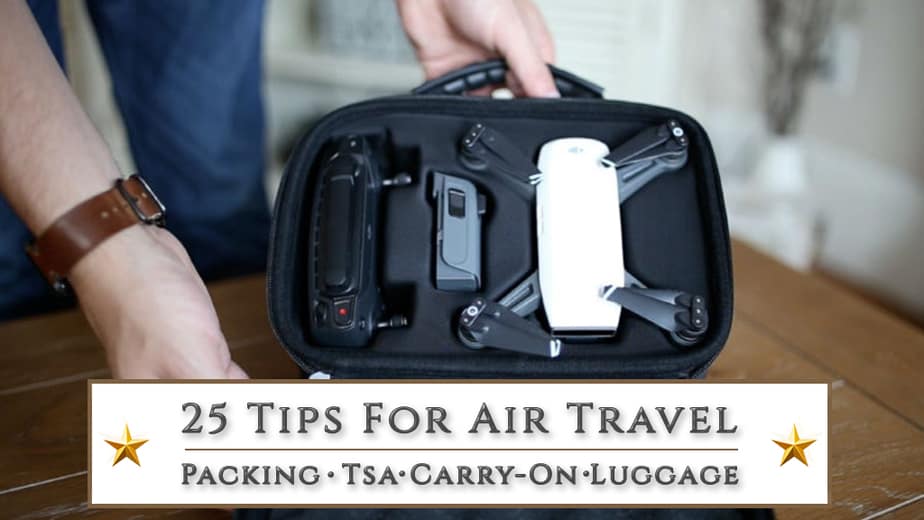
Taking your drone on vacation or even a business trip can be a fantastic idea… you’ll have the chance to fly around and explore new locations, taking in all kinds of amazing sights… whilst being able capture some incredible shots and video footage that wouldn’t be possible with a normal on-the-ground camera.
However, before you get too excited and start packing up your drone, there are several things you should consider, as Airline policy can change depending who you’re flying with, plus laws do differ from country to country around the world.
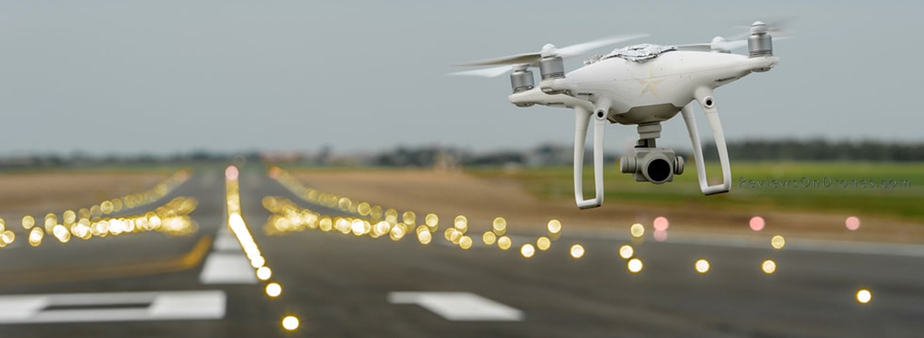
For example, can I travel with my drone to the place I’m going too? Can I take my drone through TSA / Airport Security? Can I take my drone on a plane as carry-on luggage? Can I travel with my drone in my checked baggage? What rules do I need to know when travelling with a drone?
Now in most cases you’re allowed to take drones on a plane (including international travel), whether it’s part of your carry-on or checked luggage. But there are some restrictions in place that you need to know in advance, to avoid later disappointment.
To make the entire process easier for you and to give you an experienced of considerations you should think about, here are our 25 pro tips for air travel with your drone.
Pre-Flight Tips – Research, Packing, and Practice
Tip 1. Buy a Travel-Friendly Drone
Carrying a heavy and bulky drone is never fun at the best of times, and travelling on a plane with one may even force you to pay extra luggage fees for the privilege. So to make life easier on your travels, consider buying a good compact drone such as the DJI Mavic Mini (weighs in at just 249g!), DJI Spark (300g) or the DJI Mavic Air (430g) series of drones.
These drones are great because they each come with an excellent camera, have a good range of automated flying functions, and in the case of the Mavic Mini and the Mavic Air, they have a handy folding design. This makes them so easy to travel with and well worth the investment, if you don’t own one already.
Tip 2. An ND Filter is a Must!
Think of a Neutral Density (ND) filter like a set of sunglasses for your drone camera lens. In the same way a pair of shades reduces the amount of light to your eyes, an ND filter does the same for your camera lens.
This essentially slows down the shutter speed, enables a longer duration of exposure, and helps provide a better quality photo and/or video footage, particularly in brighter and sunny conditions.

There are many brands of ND filters available for you to choose from, and you can see some of the most popular options selling on Amazon here.
We use what most experienced drone pilots would say are the market leaders, and that’s a brand called PolarPro. You can check out their range here.
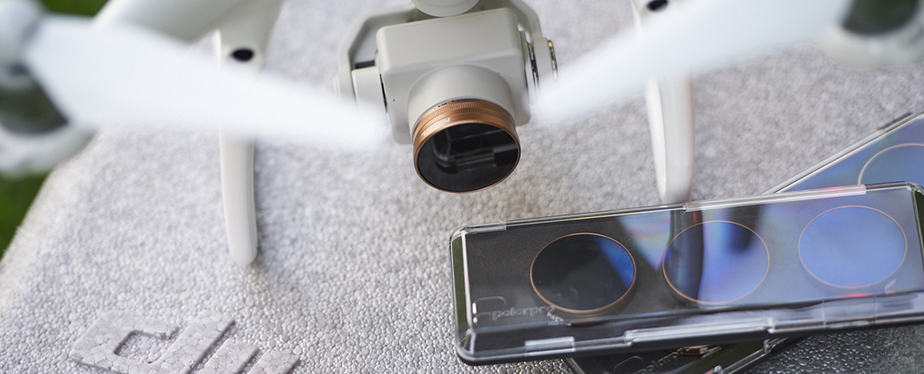
Tip 3. Practice Your Flying Before You Travel
It’s always a good idea to practice your flying before you head off – the last thing you want is to crash or lose a drone when on vacation!
This is particularly important for first-time buyers and less experienced pilots, as practicing will help avoid any accidents while improving your skills – perfect for getting those amazing vacation photos and video footage with your drone.
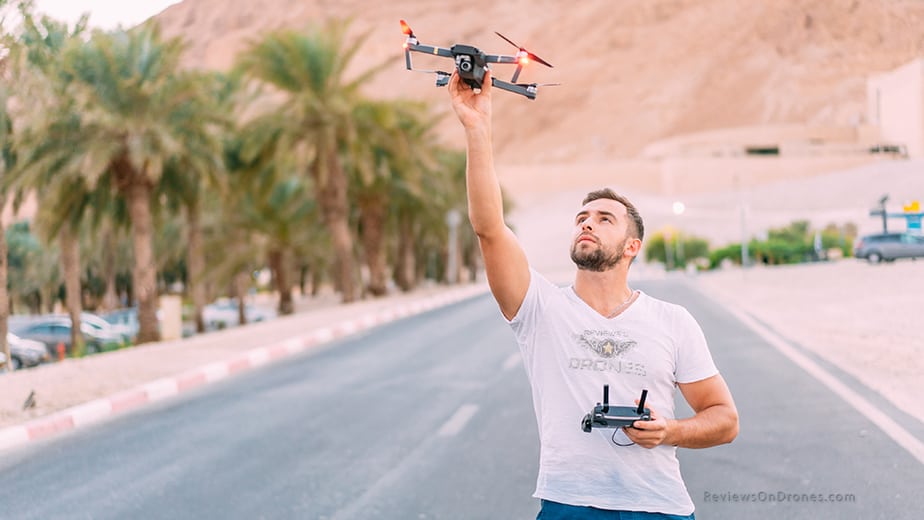
For instance, if you’ve not quite mastered the basics of how to fly manually, then be sure to do this as a minimum. It’ll also give you confidence for when you’re flying ‘for real’, that should something go wrong, you’ll stand a better chance of recovering from it.
Besides the basics, we’d also suggest you get familiar with your drone’s automated flight features, assuming it has them. Features such as Follow Me, Orbit, Waypoint Flying, Active Track, Gesture Mode, TapFly, and more, often make your flight experience more enjoyable, and these features will assist you to produce the photo and/or video quality you are looking for.
Tip 4. Research Your Location
Not only is this important for identifying drone flying laws where you are going (more on that soon!) but also for planning where you want to fly when you get there!
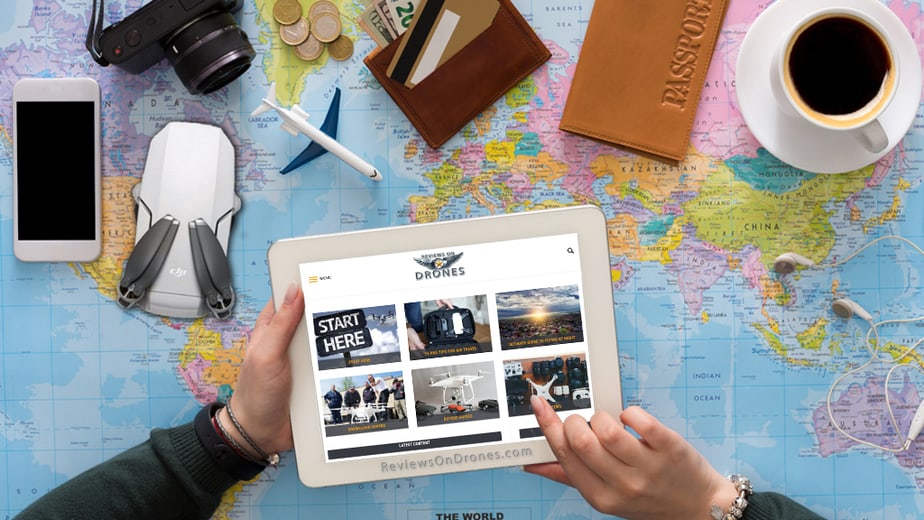
Your destination will have countless places you may want to photograph and plenty of cool spots to fly, so it helps to do some homework ahead of time so you can better plan your drone activities.
Keep an eye out for any landmarks, buildings, or landscapes you may want to photo and/or video, with popular spots including local architecture, beaches and other places that offer great scenic views.
Scouting your location is also useful because you might need to travel further afield to get there, so being prepared lets you know how many batteries to pack, where to check the weather that day, and whether it’s okay to fly there in the first place!
Tip 5. Always Check Drone Laws Before You Fly
Drones have never been more popular than they are now, so it shouldn’t be an issue taking one on your travels. However, governments around the world are now implementing stricter laws regarding drone flying which is why you need to double check all the drone laws before you fly!
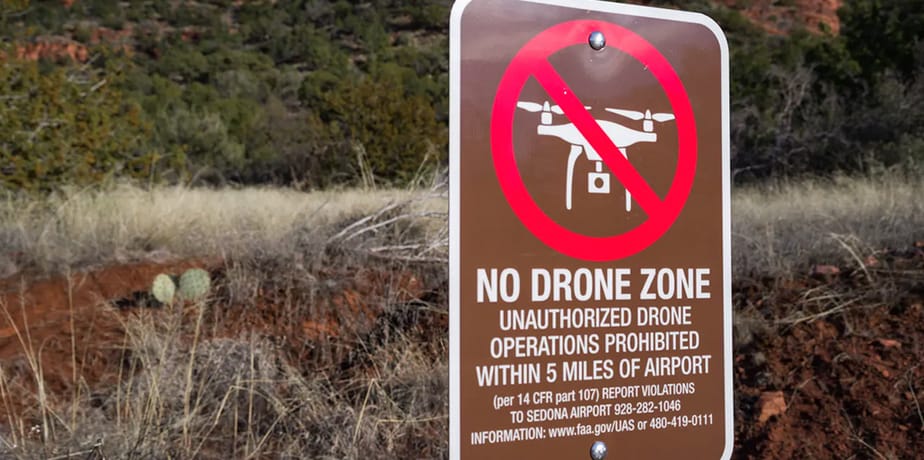
Don’t assume that drone flying is unrestricted in a state or country, otherwise you risk being liable for a fine or even jail time, so it’s vitally important that you check all local drone laws of the place you are visiting.
For instance, you’re restricted to fly no more than 400ft in the USA, while you can fly to 500ft in Europe. Night flying isn’t permitted in Australia, you can’t fly above populated areas in Japan, and a drone must be registered with local authorities before flying in China!
This is just a small sample of the different drone laws around the world. Some are quite similar so you should find it easy to follow the laws, while others are much stricter and may surprise you, therefore you must always take the time to research them before flying!
As part of that research, you might come across an app called DroneMate, and it’s certainly worth checking out. The author is Anil Polat and he’s an experienced tech and travel enthusiast who has put together Drone Laws for 248 countries around the world, in app form. It’s genius!
Below is Anil’s Drone Laws Map, which you can also access through his DroneMate app on the App Store and Google Play. Simply click on one of the pins to read a basic summary of laws within your chosen destination.
Tip 6. Consider Drone Insurance
This one is a no-brainer! The chances of something going wrong with your drone are increased when flying abroad, so don’t risk travelling without insuring your drone, if you can.
While you may not damage the drone yourself, there is a chance it gets damaged in transit or someone steals it, so it helps to be prepared for the worst-case scenario. You don’t need reminded how expensive your drone probably is – so never travel without having it insured!
Tip 7. Pack Repair Tools and Replacement Parts
Even the most experienced UAV pilots can damage their drone when flying on vacation or a business trip, so pack a few spare parts and your repair kit, just in case.
IMPORTANT: Props are a big one and usually the first parts to get damaged, so make sure you have these spares and the tools to change them!
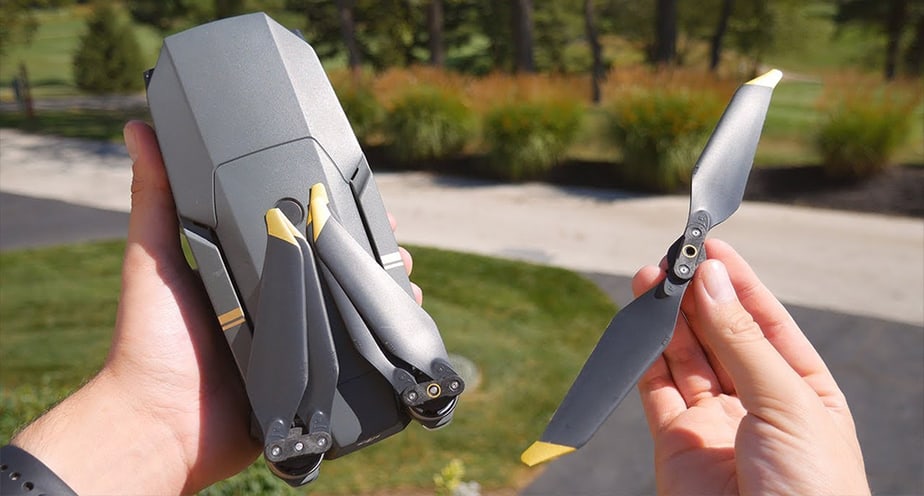
A basic kit that includes a suitably sized screwdriver and some tape for quick repairs is worthwhile. You can try buying these whilst you’re on the road of course, but you may find it hard to source exactly what you need, so it helps to be prepared.
Tip 8. Bring Spare Batteries
One of the worst situations you can find yourself in is getting to that spot you’ve planned for, and then realising you’ve only got one battery with a flight time of just 10-12 minutes! This will vary depending on the drone you’re flying with, and some may even give you up to 30 minutes, but still.
If you haven’t done so already, be smart and invest in at least one spare battery – 2 or 3 if you can – to avoid having your flying time cut short.
Remember, drone batteries need time to be properly charged and discharged. So as one is charging in the background, you can be using the others without the worry of having to save power and reduce your flight experience.
Checking In at the Airport – Tips for Quickly Getting Through Customs
Tip 9. Check Airline Requirements For LiPo Batteries
This one is really important, so please pay attention. You MUST check your airline’s policy restrictions on travelling with LiPo (lithium-polymer) batteries before you set off on your journey, even if you have flown with them before.
You see, batteries are great for drones but they can also be dangerous if not handled properly, and so there tends to be tight regulations set by most airlines.
The good news is you can take LiPo batteries in your carry-on luggage in most cases, but they must be within a certain size which is measured in energy of the battery, also known as watt hours (Wh).
Tip 10. Know The Watt Hours of Your Drone Batteries
As a guide, if your batteries are equal to or below 100Wh – which most consumer drone batteries are – then generally you can take as many as you want in your carry-on luggage.
If your drone batteries are between 101-160Wh, then the airline may not allow them in your carry-on luggage and you will have to travel with them in your checked baggage. Many airlines do permit batteries this size, although typically only two batteries per person are allowed, which is why we recommend you check before you fly.
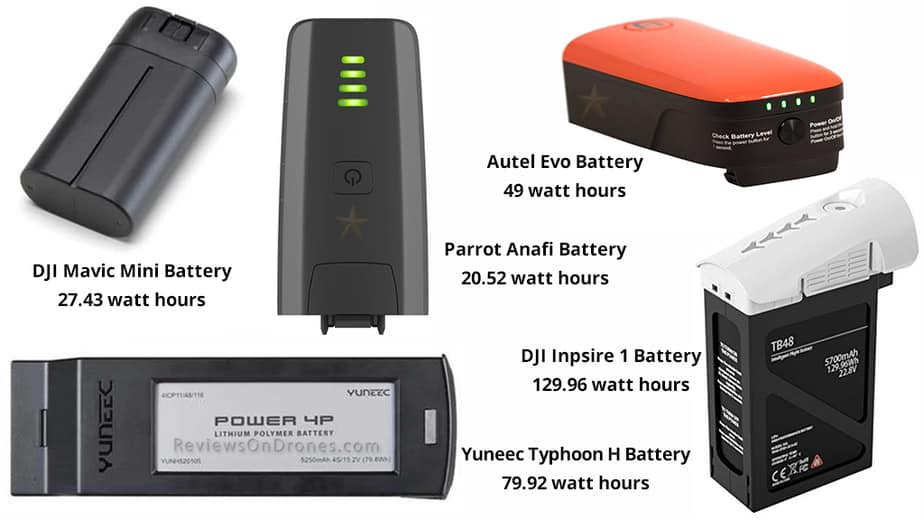
Thankfully not many drones have batteries bigger than 100Wh so in most cases you should be fine. However, check the battery label or the manufacturers website just to be sure, as there are some with batteries that have a larger Wh than you may expect.
In all cases, batteries should be securely packed in packaging that can absorb predictable shocks and away from other materials that could damage them or cause them to short circuit. This is why we suggest investing in a suitable LiPo bag.
Tip 11. Travelling With Batteries Safely and Securely
As simple as this sounds, one of the easiest ways to travel with your main drone battery is to leave it in the drone itself. But if you’re travelling with more than one battery, which we strongly recommend, then you’ll still need to consider what to do with the spares.
If you haven’t recycled it already, you could use the original battery packaging the battery came in, or perhaps a third-party battery case or pouch. I’ve even seen people wrap their batteries up in t-shirts and thick socks which can work just as well if you’re careful.
Tip 12. Take the Drone as Carry-On Luggage
My recommendation is to always travel with your drone as part of your carry-on luggage when possible. For me, it’s the safest way to transport a drone because it’s less likely to get damaged in transit. Think about it this way – would you rather be responsible for your drone in your carry-on luggage, or leave it to the mercy of random baggage handlers?
If you’re restricted with your carry-on luggage weight, then you might consider packing some of your accessories, spare parts and the repair kits in your checked luggage.
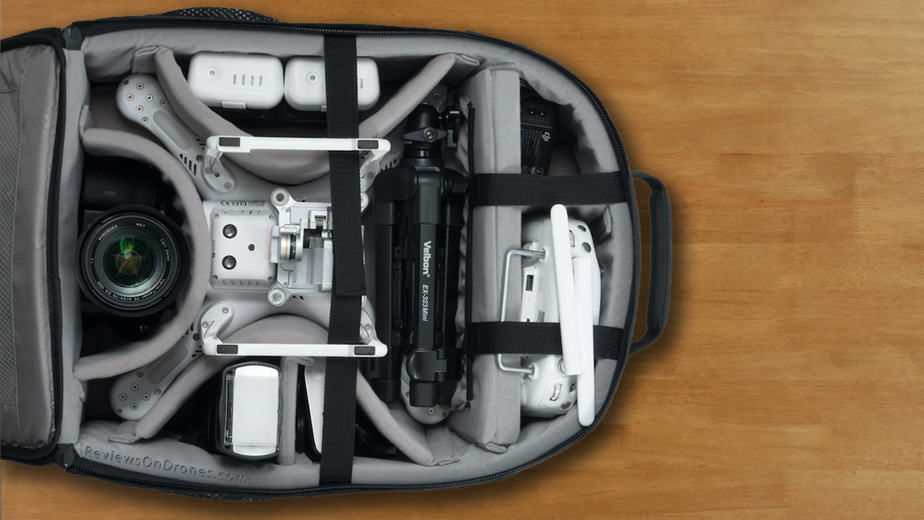
Tip 13. Invest in a Good Drone Carry Case or Backpack
One of the best tips for travelling anywhere with a drone is to invest in a good quality drone backpack or carry case!
I have a number of travel bags including an old but very sturdy Kani BP-013 camera backpack (pictured above) which is custom designed for the DJI Phantom 3, and even big enough to carry a camera and tripod!
My personal choice, and the one I use most often, is the specialized Lowepro DroneGuard BP 250 which carries my Mavic Pro, my Laptop and up to five spare batteries and accessories. What I love most about this bag, besides the outer Form Shell to protect the contents and the fact it’s super comfortable, is that I can also rearrange the internal separators to carry other drones I own, such as my Autel EVO and Potensic D80.
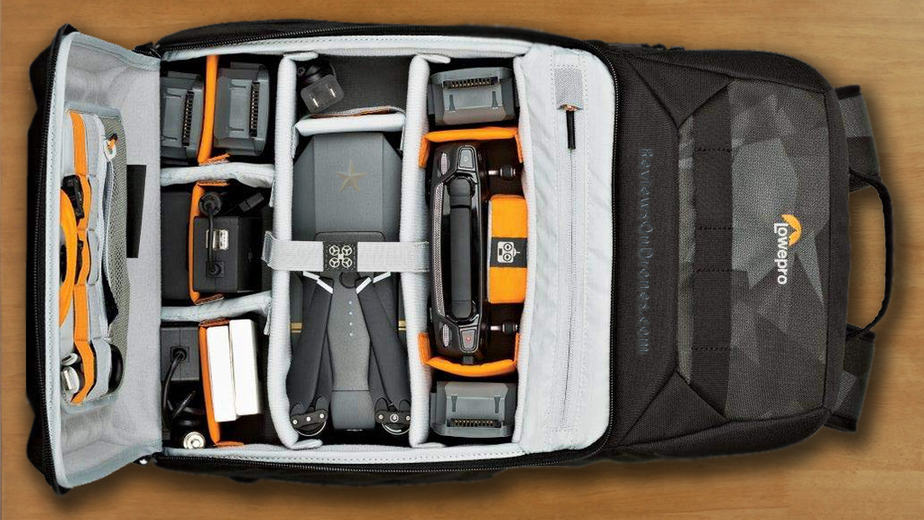
These bags are purpose built for carrying a drone and all its accessories, making it very convenient when travelling long distances, especially if it involves air travel. Both have a rugged design and lots of padding to offer complete protection for the drone – which is invaluable when travelling over long distances!
If you’re taking our advice and including your drone as carry-on luggage, remember it’s important to ensure it meets airline restrictions on size and weight allowances for your luggage.
Here’s an Amazon link below to the DroneGuard BP 250 if you wanted to check out the specifications and read some reviews on what others have to say about this great drone bag.
Tip 14. Be Friendly, Patient and Compliant with Airport Staff
Anyone that has encountered TSA agents in the US will understand how strict they are when screening luggage for a flight. This is now the case in virtually every international airport around the world, so don’t be surprised if you get pulled for a search and asked lots of questions about your drone.
The best advice I can offer here is to inform them that you’re travelling with a drone, in the same way you would if you’re carrying a laptop. I find this gets a better response. It’s like you’re saying ‘hey I’ve got nothing to hide here and I think you should know.’
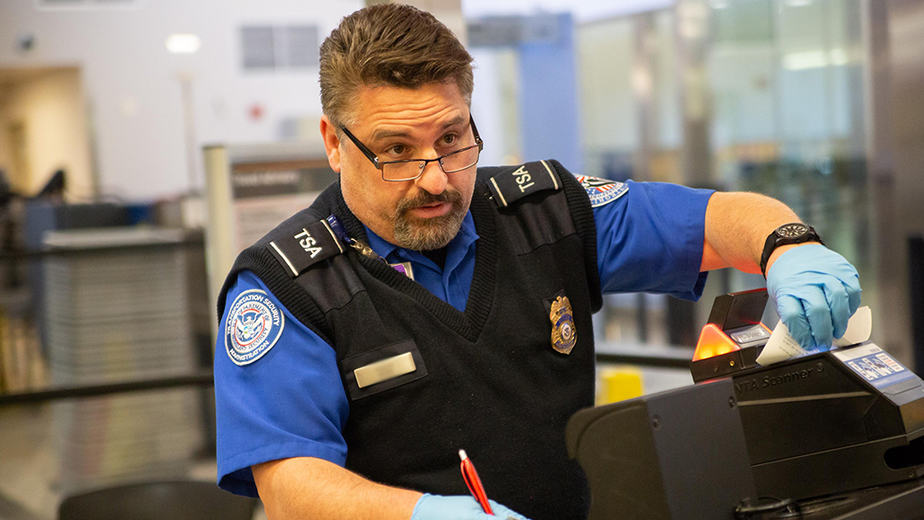
Then remember to be friendly and patient with them, even if it does create a few delays and hold-ups. In most cases, airport security is taken incredibly seriously and so these people are only doing their jobs. Don’t get mad or cheeky with anyone, and always comply when they ask to inspect your drone or have any questions about it.
Also, and I’ve touched on this several times, make sure any spare batteries are properly packed. This helps to reduce any potential delays, as extra batteries do tend to get noticed in security checks and will likely be pulled aside for inspection. This is another reason why I say it’s best to be upfront and let them know in advance that you’re travelling with a drone.
I recommend separating your batteries into their own security tray during airport screenings. Doing so actually helps the staff to know exactly what they are, and at the same time allows you to quickly explain their purpose.
Tips for Flying a Drone on Vacation
Tip 15. Be Mindful of Any Restrictions
It may sound repetitive to talk about local drone laws again but I cannot hammer this point home enough – check local laws to make sure there are no drone restrictions where you are visiting.
It’s important to focus on restrictions as are there are some things you can potentially overlook.
For instance, if it’s legal to fly a drone in the country, have you checked whether there are restrictions about flying at night time? Many countries don’t permit this but you might want to get some cool night photos, so it’s important to check before flying…
Think night time flying laws, privacy laws, and areas that you cannot fly into, near to or over. Basically, you want to ensure you aren’t liable for anything!
Tip 16. Be Sure To Respect Other People
You may find that the local laws forbid you from flying near and over people, especially larger crowds, or even to fly over buildings, which is again why you need to familiarise yourself with all the drone laws before you travel.
Of course, there are probably going to be plenty of people that will take an interest in what you’re doing. Many countries have a smaller drone market than the US and the UK for example, making drones in the air more of a novelty that might result in a few curious locals checking it out while you fly.
I’m a passionate drone enthusiast and so I actually find this a great chance to get chatting with new people and share my love of drones. Be open to answering any questions they might have and enjoy the opportunity to educate others about the fun to be had from flying a drone.
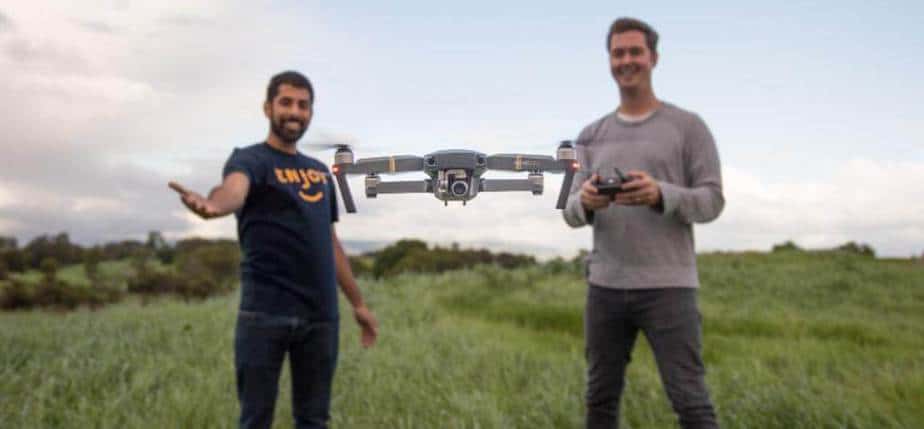
Also, make sure you aren’t intruding on someone’s vacation time. For instance, you might find a couple enjoying a romantic stroll on the beach before sunset – so be sure you don’t ruin that moment for them by flying a drone nearby!
Tip 17. Always Keep the Drone Within Your Line of Sight
Flying in a new place can be exciting but also quite risky. You can quickly lose sight of your drone and recovering it is not always easy when you don’t know your way around. Radio signals can be lost and collisions can happen, which is why you should never let the drone out of your line of sight – it’s a law in most countries for a reason!
When you keep a drone in your line of sight it greatly reduces the chances of losing it, as you always have eyes on the drone so can recover it should something go wrong. Should the drone go out of your line of sight for a moment, try everything you can to get it back in view as quickly as possible.
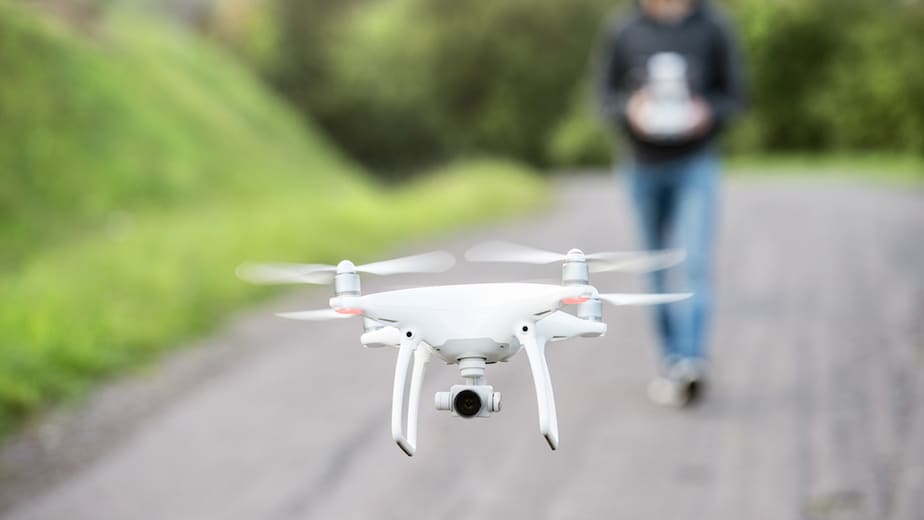
This is why it’s such a good idea to practice flying and master manual flight controls beforehand. You’ll be better prepared should you need to steer the drone back into view.
If possible, it’s good to have a spare set of eyes (also called ‘a spotter’) with you to be extra cautious.
Tip 18. Don’t Forget About Animals
As a drone pilot, you need to be aware of any animals and wildlife that might interact with you and your drone. Most pets and wild animals aren’t big fans of a drone – these are odd devices that can often frighten a confused animal.
So, to avoid any accidents or causing distress to an animal, be very mindful of what local wildlife may appear wherever you plan on flying the drone – there’s another reason you should do your research before going on vacation!
Be especially cautious about birds, as they often attack a drone if it gets too close, which is something you obviously want to avoid. For instance, if you are visiting the beach with your drone make sure to stay well clear of any seagulls!
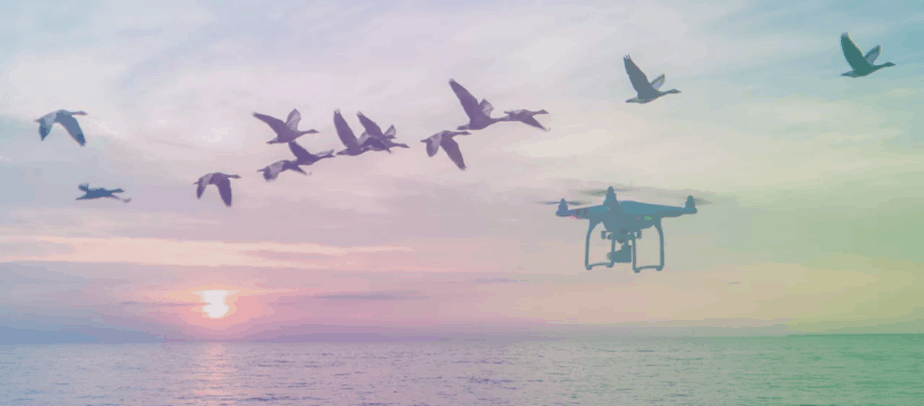
Tip 19. Choosing the Best Times to Fly
Possibly the most challenging part of flying a drone on vacation is choosing where and when to fly. While you may feel like flying during peak daylight hours, my experience suggests it’s best to fly earlier in the morning for a few reasons.
The first is because the lighting is best just after sunrise. It’s not too bright or sunny, so photos tend to come out looking much better quality…
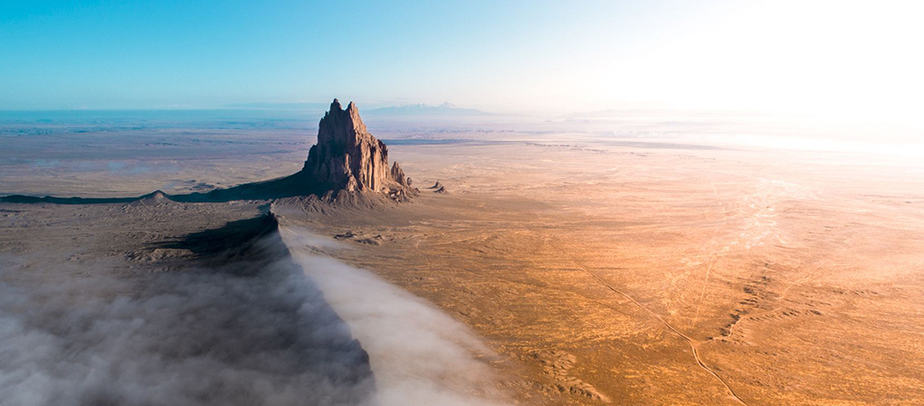
Similarly, if you fly an hour or so before sunset the lighting is fantastic for drones, although night time flying may be restricted, so you need to be careful.
Moreover, when flying earlier in the morning you will find fewer people, especially in normally crowded areas. This means less chance of invading others privacy and you’ll stand a better chance of being presented with some amazing photo and video opportunities.
Tip 20. Watch out for the Weather
Weather greatly influences your flight time and experience, so always keep an eye on it to ensure the conditions are suitable for flying.
For instance, if it’s windy you need to prepare for less flying time as the battery will drain faster. Also, your drone will be tougher to control, increasing the chances of a crash or losing track of the drone.
Rain and snow can significantly damage a drone, so unless you’re on a skiing trip it’s best to avoid flying a drone in wintery conditions. Cold temperatures also lower the battery life so keep this in mind if there is a sharp drop in temperatures – check out our guide to flying in winter weather conditions if you’re travelling to a colder location.
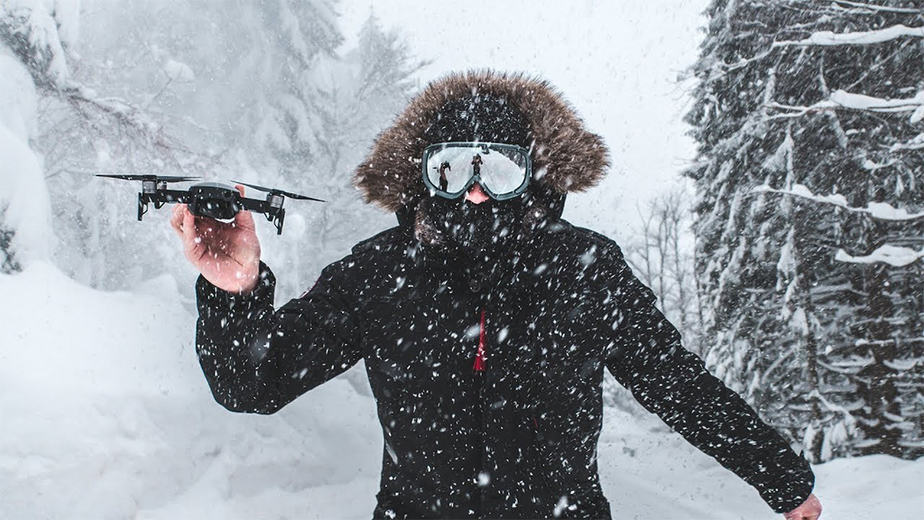
Hot temperatures can play their part too. For example, when its warm and dry the air density is much lower, making handling more difficult and the drone a bit slower than you might expect.
Tip 21. The Drone Community
I honestly believe we have one of the very best communities in the world – as this incredible industry reaches new heights (excuse the pun!). Every month, new groups, meet-ups, and clubs are being formed, so before setting off on your travels, it’s worth doing some research to find out if there’s a way for you to connect with other people when you arrive.
Often the locals will be able to guide you towards some travel spots that the everyday tourist doesn’t know about, or point you in the direction of places that would be hugely beneficial for you to fly and explore.

I’ve done this several times on my travels, and I still keep in touch with some of those people I’ve met along the way – and I do hope to repay the favour one day when they’re flying through my backyard!
Tip 22. Enjoy Yourself!
This sounds clichéd, but with everything else going on most pilots forget that the most important thing to remember is to have fun and enjoy yourself. Don’t feel pressured into capturing a once-in-a-lifetime photo or recording the perfect video – just be present to what you are doing, enjoy the experience, and make sure you have fun flying around and recording whatever footage you can. Remember, you can look back on that footage many times in years to come, but it’s unlikely you’ll be able to replicate standing in that same spot again!

